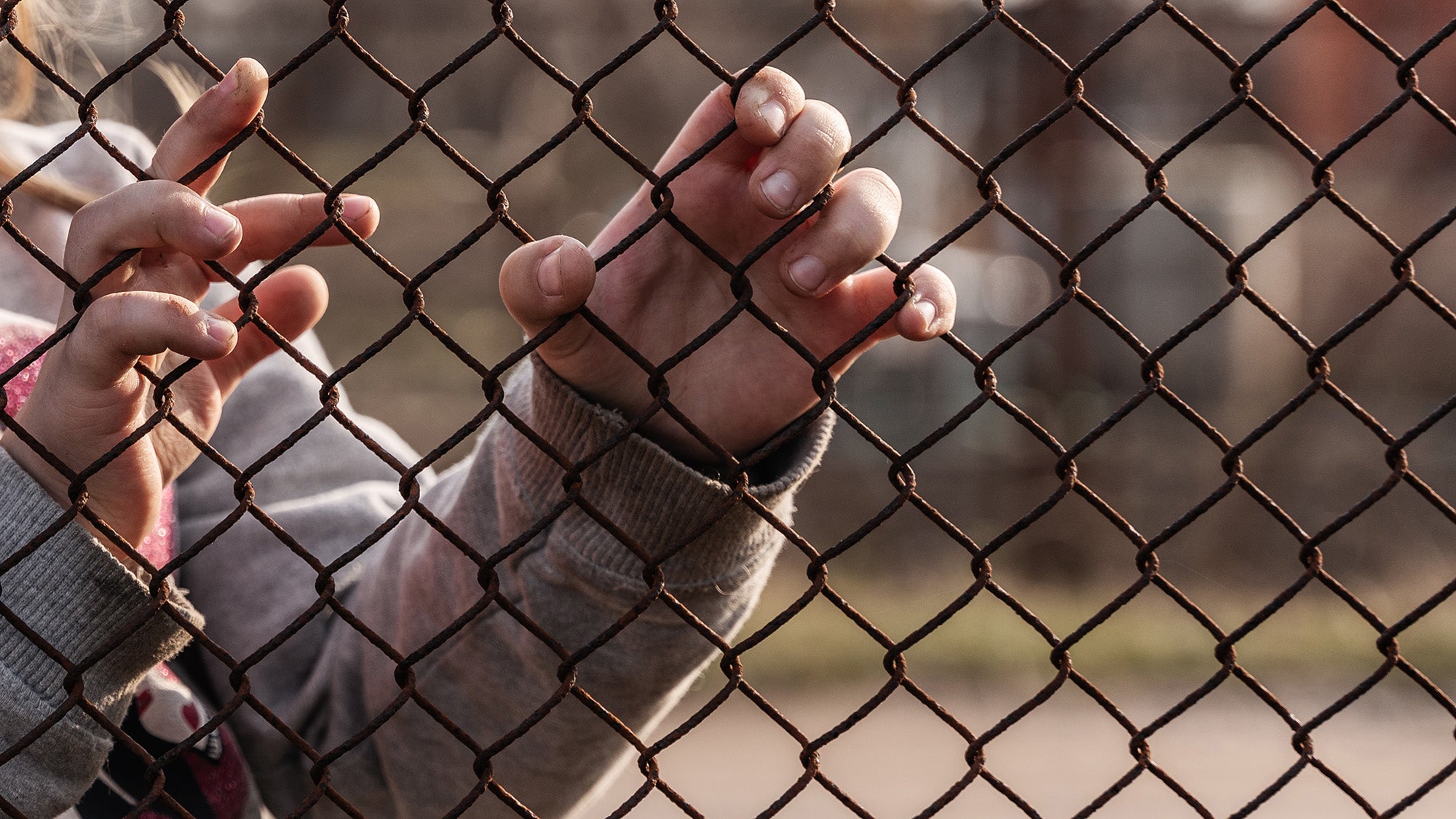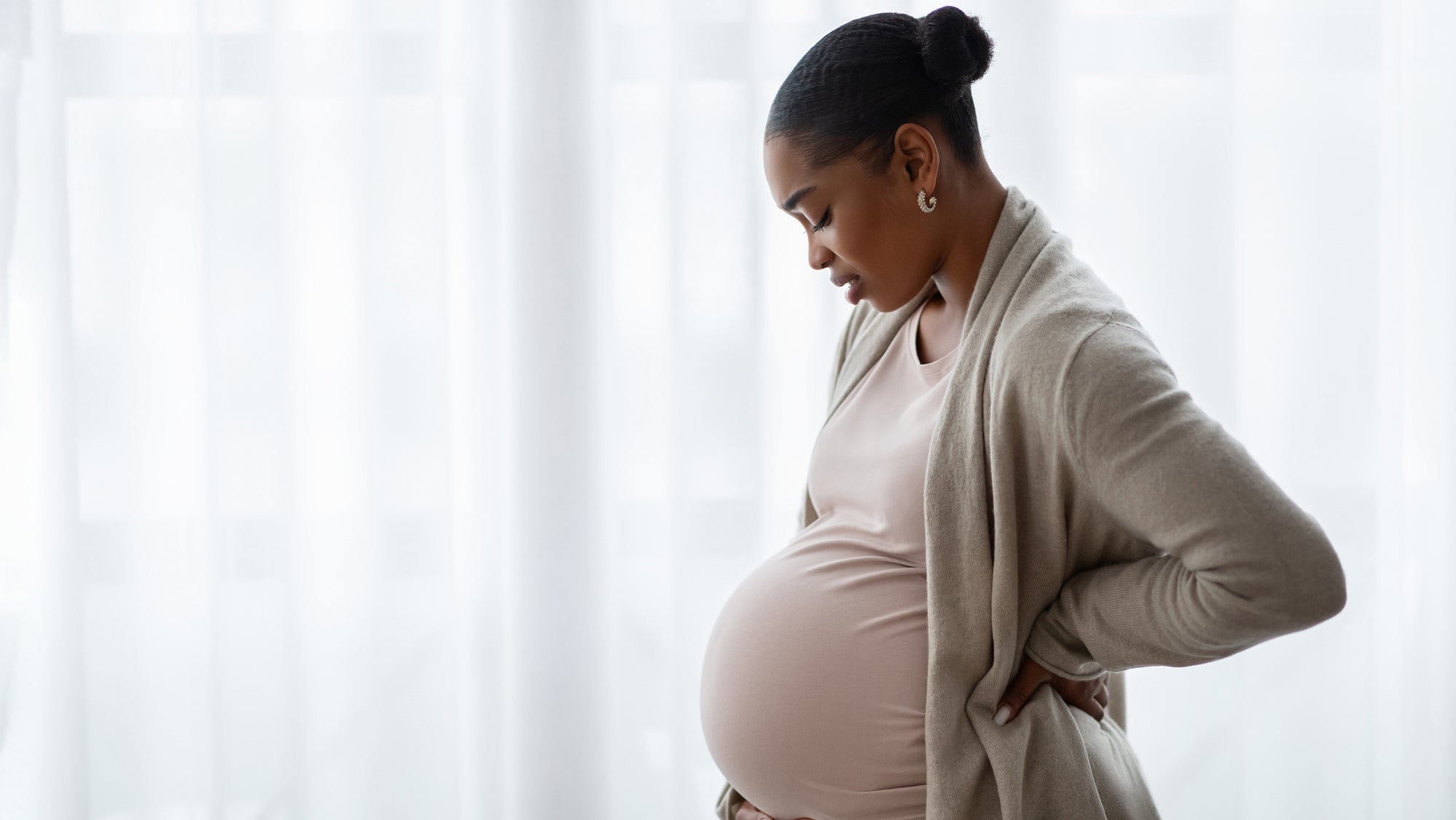When women give birth while in prison, how do their children fare?

Research by Bethany Kotlar, PhD ’24, follows children born to incarcerated mothers for the first three years of their lives
March 20, 2024 – Bethany Kotlar founded the nonprofit Motherhood Beyond Bars after learning about the challenges that women face when giving birth in prison. To advance her work, she is completing a PhD in the Harvard Griffin Graduate School of Arts and Sciences, studying in the Population Health Sciences program at Harvard T.H. Chan School of Public Health. Kotlar was recently named a Harvard Horizons Scholar.
Back when I started my master’s studies at Emory University in 2012, I thought I wanted to be a pastor. The first year you start at the school of theology, you do a practicum placement. I chose Lee Arrendale State Prison, which is the largest women’s prison in Georgia. One reason was that some family members had recently experienced brief incarcerations in jail and had told me about the conditions there—a lot of violence and really dirty and squalid conditions—so I wanted to see for myself.
While I was there, I first heard of people who had given birth during their incarceration, and I was really shocked. At that time in Georgia, and this is still true in most states, when you went into labor, you weren’t allowed to have any friends or family members present in the hospital room. You were giving birth alone. It’s still the case that as little as 45 minutes to a couple of hours after you gave birth, you’re separated from your baby. Your baby would be taken to the NICU, because most hospitals don’t have well-baby nurseries. New mothers might have a couple of days where they could visit their baby in the NICU, and then they would go back to a prison setting. And then the postpartum period was horrific. Their milk was drying up, they had postpartum mood swings, maybe postpartum depression.
I went to the chaplaincy department, which ran all the supportive programming at the prison, and was told that I could start a postpartum support group. I found a group of nursing, medical, and public health students at Emory, and we came up with a curriculum for a postpartum group. Eventually, we were also able to offer childbirth education and prenatal yoga. We started building programs and relationships, and that turned into Motherhood Beyond Bars.
I switched to a master’s in public health at Emory and continued working directly with incarcerated pregnant and postpartum women. It was really fulfilling but frustrating work. When trying to get funding for programs or convince people to create better policies, there was no research or data to draw from. We didn’t even know how many pregnant women were incarcerated in the U.S. Eventually, I thought, “Okay—maybe I need to get into research.”
My dissertation at Harvard Chan School is focused on the impact of maternal incarceration during pregnancy and after birth on child development. Together with my advisor Henning Tiemeier, I came up with a longitudinal cohort study, Birth Beyond Bars, that follows children born to incarcerated mothers for the first three years of their lives, using a mixed methods approach that collects both qualitative and quantitative data. We piloted the study in Georgia—a really high incarcerating state—and then added a few more states, including Maine and Pennsylvania. Most of our study participants give birth during incarceration. Some of the mothers get released and go on to either share care of their child or take full custody.
Before our study, there was very little information on where these babies were going after birth. We found that around 60–70% of caregivers are relatives of the baby, mostly grandparents. About 15% of babies were going home with people who weren’t related to them at all but weren’t formal foster or adoptive parents. In one case, the caregiver was a complete stranger that the mom heard about through the grapevine, who had taken twins of another incarcerated mother. I would call these choices of desperation.
One aspect of my research focused on the decision-making process of who cares for the baby. The number one theme I found was that mothers really try to avoid foster care, because they’re going to have a hard time getting their babies back when they’re released. Another primary theme was that mothers are concerned about whether the caregiver will agree to keep them in their babies’ lives and help with reunification later. Typically the babies go home with a family member, who may have power of attorney or temporary guardianship. But the family member may decide down the line to sue for custody, which is what incarcerated mothers are often afraid of.
I also found that caregiving relationships are really unstable in the first year. Over a quarter of babies changed caregivers at least once. A lot of this was driven by child welfare social workers identifying a problem and putting the child into the foster care system, but we also found a subset of caregivers who just got overwhelmed and felt like they couldn’t do it anymore.
In our study, we work closely with Motherhood Beyond Bars, where I currently serve on the advisory board. The study is designed to both answer scientific questions and monitor and evaluate the organization’s support programs, so we continuously share data with them. If I do a survey and flag that a caregiver of the child of an incarcerated woman is dealing with food insecurity, I will immediately go back to the staff at Motherhood Behind Bars, and we talk about getting the caregiver to a food bank. Or the staff may see a need cropping up over and over again—for example, they saw that the caregivers in Georgia needed better child care. After we demonstrated that need in our data, the staff were able to get Head Start—a federally funded program that includes day care—to give guaranteed placement to the children.
Research is a tool for advocacy. My long-term goal for this research is to expand to other states, so we have more generalizable results that can change national policy.
I have a small child who was two years old when I started my PhD. It makes this work more real to me—I feel it on a more visceral level. And it helps me to relate to our study participants and develop rapport when talking to the mothers or the caregivers.
– Jay Lau
Photo: Kent Dayton


